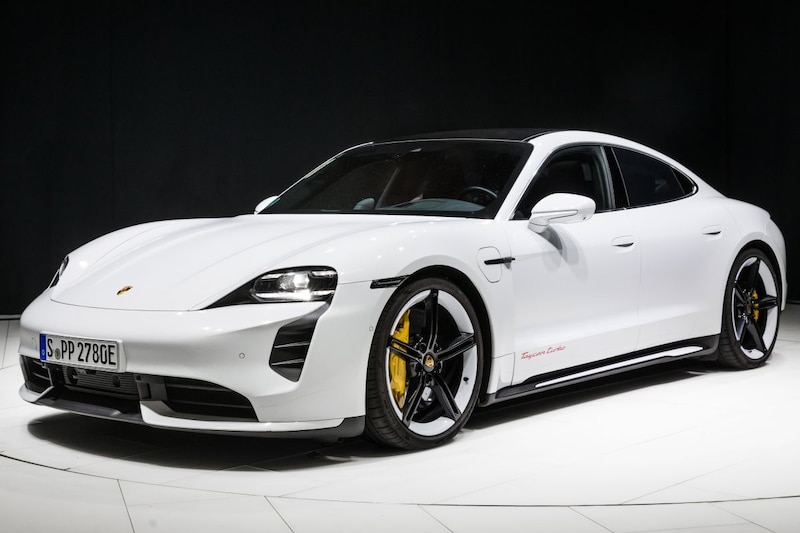Rolling out results in less energy loss

With the Porsche Taycan it is one pedal driving not possible. The Germans deliberately chose this, says a manager of Porsche’s development department. According to him, recuperating energy ‘off gas’ is relatively inefficient. Rolling out as far as possible, braking later and only then recovering energy is preferred, according to the brand.
According to many EV drivers, it is one of the joys of electric driving: one pedal driving, in other words, only influence the speed of the car with the power pedal and no longer with the brake pedal. This works as follows: as soon as you take your foot off the power pedal, the electric motors start to brake the car ‘on the engine’. The extracted forward energy is then converted and stored in the battery for later use. The car always brakes when no ‘current’ is supplied, so that if you anticipate well, you no longer have to touch your brake pedal at all.
Besides being perceived as comfortable by some, unconventional braking promises efficiency: lost forward energy is reused. That is useful, but according to Porsche it can be more efficient. The brand advocates for more coasting, in other words, letting the car roll out as long as possible. The Porsche Taycan therefore does not have a ‘B position’ on its driving direction lever, which other EVs often have and with which you activate the one pedal driving mode. It is only when the brake pedal is applied that the Taycan’s electric motors – and, if necessary, the brakes – start to slow down the car and recover energy in the process.
Converting less energy means less losses
A disadvantage of one-pedal driving, according to Porsche engineer Martin Reichenecker, is that energy is lost twice. Once when taking forward energy from the car itself, and once when converting the recovered energy back into forward energy. According to Reichenecker, the total loss is enough to dismiss one-pedal driving as inefficient. He advocates rolling out as much as possible. In this way, less energy needs to be converted, so that it is not lost in that process – after all, losses occur during conversion.
One caveat to Reichenecker’s claims is that theory and practice differ. In theory it will be true that less energy is lost when converting as much coasting as possible. But: in practice, more coasting requires good anticipation and it will not always work out optimally. One pedal driving is a lot easier to apply and may in theory involve more losses, but may yield more in practice. You can’t try it with a Porsche Taycan, but in other EVs it is therefore understandable if drivers choose to drive with one pedal instead of trying to roll as far as possible.
Do you drive electrically and do you have experience with one pedal driving or do you try to roll out as far as possible for the sake of efficiency? Don’t hesitate and share them in the comments.
.
– Thanks for information from Autoweek.nl